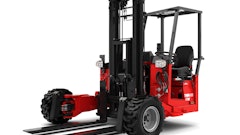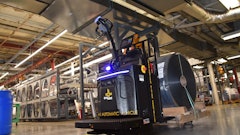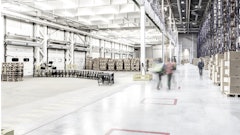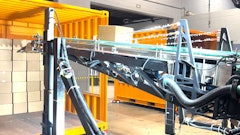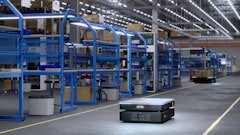Well, it's finally official. We have two presidential nominees. It's going to be interesting to see how John McCain and Barack Obama run their campaigns, considering the economic shape that the country is in right now. The war in Iraq and threat of terrorism have taken a back seat to domestic worries, with fuel costs being a major issue for both consumers and corporations alike.
McCain and Obama, with just six months to win voter confidence, have a tough road ahead of them. According to a recent study by The Nielsen Co., 85 percent of U.S. consumers believe the country is in a recession and 35 percent named the economy as their biggest concern over the next six months.
Most Americans expect to be paying $5 for a gallon of gas by the end of the summer. The rise in the cost of gasoline, as well as food prices, is hitting consumers hard. The industry is seeking to reduce logistics costs throughout the supply chain to minimize the impact of higher commodity and fuel prices-which are being passed on to consumers.
"For manufacturers, cost control has taken on a higher priority as an overall business objective," says Paul Huppertz at the Grocery Manufacturers of America's annual Information Systems/Logistics Distribution Conference held earlier this year. "There's pressure from all sides on margin and being able to manage costs. Companies are trying to make some headway to offset some of the commodity pricing."
Huppertz is partner, logistics strategy, process improvement and technology, at IBM and he spearheaded the GMA 2008 Logistics Survey, which will be released in a few weeks.
The survey found that reducing logistics costs was the top priority for food manufacturers, followed by improved customer relationships and profitable growth. It also found that the average logistics cost as a percent of sales remained unchanged vs. 2005 (the last time the survey was conducted) at 6.9 percent. Over the past three years, freight costs have continued to climb, up 14 percent from 2005, primarily driven by fuel costs-diesel fuel prices have soared 140 percent over the past three years.
"Logistics managers can put a significant dent in freight costs by moving from LTL to full truckload," says Huppertz, adding that the survey revealed that leading companies were able to maintain TL shipments-even with small order sizes-by consolidation and group shipment.
The survey also found transportation modes shifting, with intermodal seeing the largest gain in overall usage. "Looking at freight and handling costs, manufacturers are going to have to maximize more efficiencies in the network," says Huppertz. "However, there are some infrastructure limitations and service issues when you compare intermodal to truckload. We're seeing more acceptance of intermodal and putting up with slower service times to take advantage of the freight efficiencies."
We will be covering this survey in greater detail in an upcoming issue. In the meantime, enjoy the summer and the presidential race.












